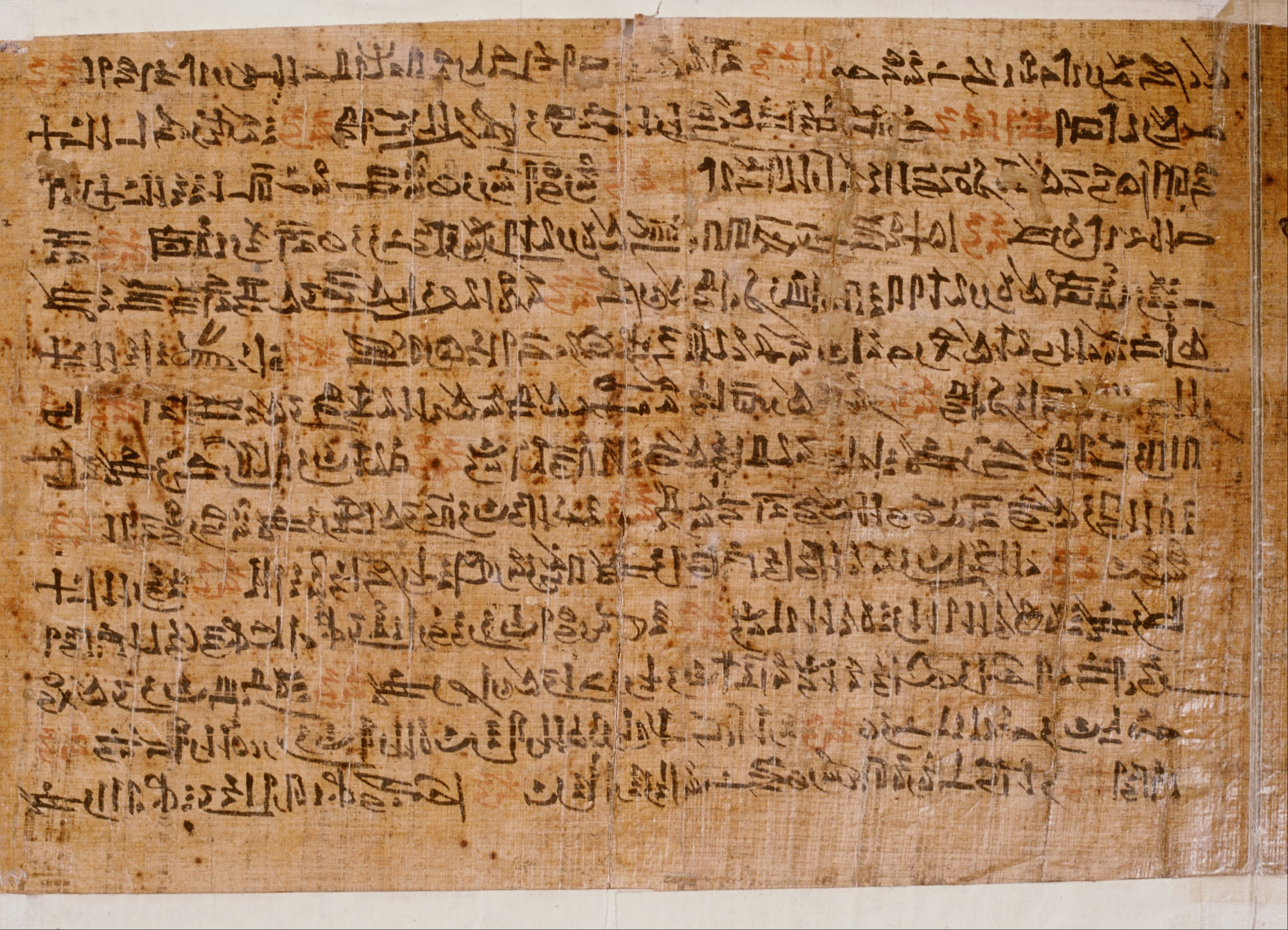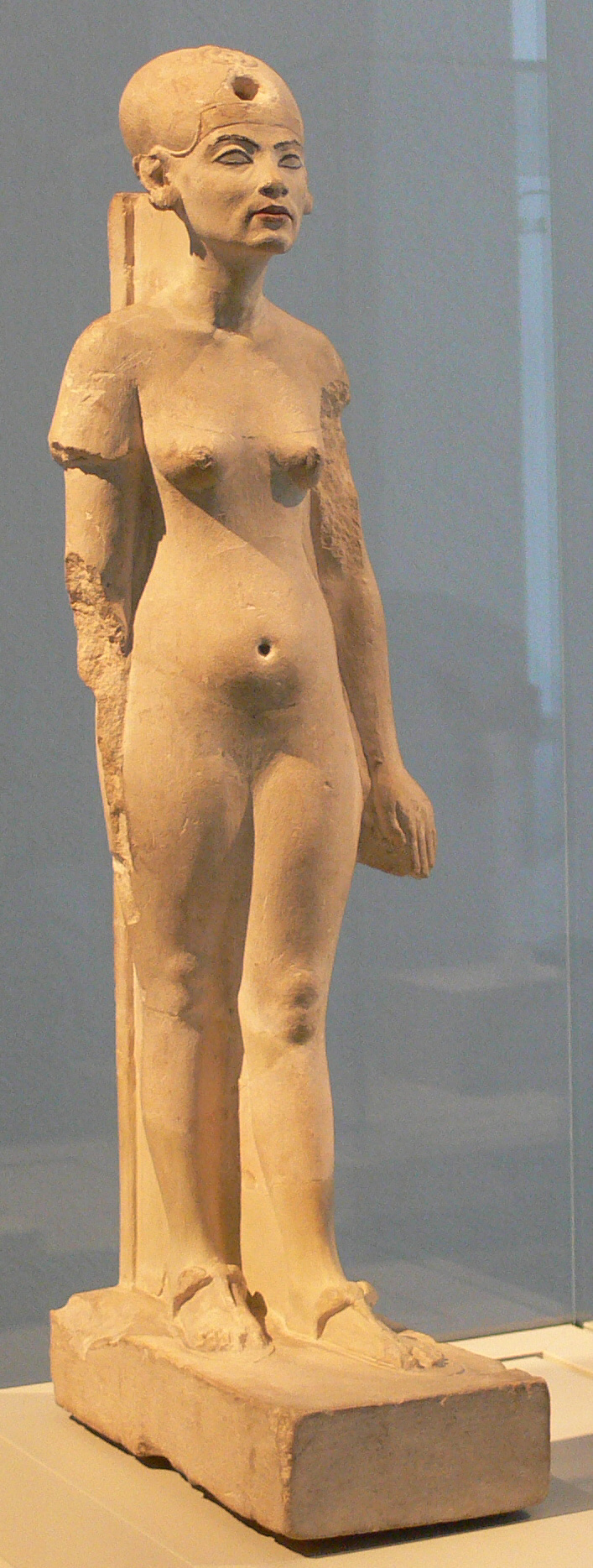|
Scarab Artifact
Scarabs were popular amulets and impression seals in ancient Egypt. They survive in large numbers and, through their inscriptions and typology, are an important source of information for archaeologists and historians of the ancient world. They also represent a significant body of ancient art. For reasons that are not clear (although likely connected to the religious significance of the Egyptian god Khepri), amulets in the form of scarab beetles had become enormously popular in Ancient Egypt by the early Middle Kingdom (approx. 2000 BCE) and remained popular for the rest of the pharaonic period and beyond. During that long period the function of scarabs repeatedly changed. Primarily amulets, they were also inscribed for use as personal or administrative seals or were incorporated into jewelry. Some scarabs were created for political or diplomatic purposes to commemorate or advertise royal achievements. By the early New Kingdom, ''heart scarabs'' had become part of the battery of ... [...More Info...] [...Related Items...] OR: [Wikipedia] [Google] [Baidu] |
Egyptian Faience
Egyptian faience is a sintered-quartz ceramic material from Ancient Egypt. The sintering process "covered he materialwith a true vitreous coating" as the quartz underwent vitrification, creating a bright lustre of various colours "usually in a transparent blue or green isotropic glass". Its name in the Ancient Egyptian language was , and modern archeological terms for it include sintered quartz, glazed frit, and glazed composition. is distinct from the crystalline pigment Egyptian blue, for which it has sometimes incorrectly been used as a synonym. It is not faience in the usual sense of tin-glazed pottery, and is different from the enormous range of clay-based Ancient Egyptian pottery, from which utilitarian vessels were made. It is similar to later Islamic stonepaste (or "fritware") from the Middle East, although that generally includes more clay. Egyptian faience is considerably more porous than glass proper. It can be cast in molds to create small vessels, jewelry and ... [...More Info...] [...Related Items...] OR: [Wikipedia] [Google] [Baidu] |
Cylinder Seals
A cylinder seal is a small round cylinder, typically about one inch (2 to 3 cm) in length, engraved with written characters or figurative scenes or both, used in ancient times to roll an impression onto a two-dimensional surface, generally wet clay. According to some sources, cylinder seals were invented around 3500 BC in the Near East, at the contemporary sites of Uruk in southern Mesopotamia and slightly later at Susa in south-western Iran during the Proto-Elamite period, and they follow the development of stamp seals in the Halaf culture or slightly earlier. They are linked to the invention of the latter's cuneiform writing on clay tablets. Other sources, however, date the earliest cylinder seals to a much earlier time, to the Late Neolithic period (7600-6000 BC), hundreds of years before the invention of writing. Cylinder seals are a form of impression seal, a category which includes the stamp seal and finger ring seal. They survive in fairly large numbers and are im ... [...More Info...] [...Related Items...] OR: [Wikipedia] [Google] [Baidu] |
Daphna Ben-Tor
Daphna is a given name. Notable people with the name include: * Daphna Dove (born 1975), American musician * Daphna Greenstein (born 1952), Israeli landscape architect * Daphna Kastner (born 1961), Canadian actress, screenwriter and director * Daphna Oyserman American-Israeli Professor of Psychology *Daphna Poznanski-Benhamou (born 1950), French politician See also * Daphne (given name) Daphne is a feminine given name of Greek origin meaning laurel. It originates from Greek mythology, where Daphne (Greek: Δάφνη) was a naiad, a variety of female nymph associated with fountains, wells, springs, streams, brooks and other bodies ... {{given name Feminine given names ... [...More Info...] [...Related Items...] OR: [Wikipedia] [Google] [Baidu] |
First Intermediate Period
The First Intermediate Period, described as a 'dark period' in ancient Egyptian history, spanned approximately 125 years, c. 2181–2055 BC, after the end of the Old Kingdom. It comprises the Seventh (although this is mostly considered spurious by Egyptologists), Eighth, Ninth, Tenth, and part of the Eleventh Dynasties. The concept of a "First Intermediate Period" was coined in 1926 by Egyptologists Georg Steindorff and Henri Frankfort. Very little monumental evidence survives from this period, especially from the beginning of the era. The First Intermediate Period was a dynamic time in which rule of Egypt was roughly equally divided between two competing power bases. One of the bases was at Heracleopolis in Lower Egypt, a city just south of the Faiyum region, and the other was at Thebes, in Upper Egypt. It is believed that during that time, temples were pillaged and violated, artwork was vandalized, and the statues of kings were broken or destroyed as a result of the pos ... [...More Info...] [...Related Items...] OR: [Wikipedia] [Google] [Baidu] |
Uluburun
The Uluburun Shipwreck is a Late Bronze Age shipwreck dated to the late 14th century BC, discovered close to the east shore of Uluburun (Grand Cape), Turkey, in the Mediterranean Sea. The shipwreck was discovered in the summer of 1982 by Mehmed Çakir, a local sponge diver from Yalıkavak, a village near Bodrum. Eleven consecutive campaigns of three to four months' duration took place from 1984 to 1994 totaling 22,413 dives, revealing one of the most spectacular Late Bronze Age assemblages to have emerged from the Mediterranean Sea. Discovery The shipwreck site was discovered in the summer of 1982 due to Mehmet Çakir's sketching of “the metal biscuits with ears” recognized as oxhide ingots. Turkish sponge divers were often consulted by the Institute of Nautical Archaeology's (INA) survey team on how to identify ancient wrecks while diving for sponges. Çakir's findings urged Oğuz Alpözen, Director of the Bodrum Museum of Underwater Archaeology, to send out an inspectio ... [...More Info...] [...Related Items...] OR: [Wikipedia] [Google] [Baidu] |
Nefertiti
Neferneferuaten Nefertiti () ( – c. 1330 BC) was a queen of the 18th Dynasty of Ancient Egypt, the great royal wife of Pharaoh Akhenaten. Nefertiti and her husband were known for a radical change in national religious policy, in which they promoted a form of proto-monotheism centred on the sun god Aten. With her husband, she reigned at what was arguably the wealthiest period of ancient Egyptian history. Some scholars believe that Nefertiti ruled briefly as Neferneferuaten after her husband's death and before the ascension of Tutankhamun, although this identification is a matter of ongoing debate.Dodson, Aidan, Amarna Sunset: ''Nefertiti, Tutankhamun, Ay, Horemheb, and the Egyptian Counter-Reformation''. The American University in Cairo Press. 2009, . If Nefertiti did rule as Pharaoh, her reign was marked by the fall of Amarna and relocation of the capital back to the traditional city of Thebes. She was made famous by her bust, now in Berlin's Neues Museum. The ... [...More Info...] [...Related Items...] OR: [Wikipedia] [Google] [Baidu] |
Dung Beetle
Dung beetles are beetles that feed on feces. Some species of dung beetles can bury dung 250 times their own mass in one night. Many dung beetles, known as ''rollers'', roll dung into round balls, which are used as a food source or breeding chambers. Others, known as ''tunnelers'', bury the dung wherever they find it. A third group, the ''dwellers'', neither roll nor burrow: they simply live in dung. They are often attracted by the feces collected by burrowing owls. There are dung beetle species of various colors and sizes, and some functional traits such as body mass (or biomass) and leg length can have high levels of variability. All the species belong to the superfamily Scarabaeoidea, most of them to the subfamilies Scarabaeinae and Aphodiinae of the family Scarabaeidae (scarab beetles). As most species of Scarabaeinae feed exclusively on feces, that subfamily is often dubbed ''true dung beetles''. There are dung-feeding beetles which belong to other families, such as the Geo ... [...More Info...] [...Related Items...] OR: [Wikipedia] [Google] [Baidu] |
Scarabaeidae
The family Scarabaeidae, as currently defined, consists of over 30,000 species of beetles worldwide; they are often called scarabs or scarab beetles. The classification of this family has undergone significant change in recent years. Several subfamilies have been elevated to family rank (e.g., Bolboceratidae, Geotrupidae, Glaresidae, Glaphyridae, Hybosoridae, Ochodaeidae, and Pleocomidae), and some reduced to lower ranks. The subfamilies listed in this article are in accordance with those in Bouchard (2011). Description Scarabs are stout-bodied beetles, many with bright metallic colours, measuring between . They have distinctive, clubbed antennae composed of plates called lamellae that can be compressed into a ball or fanned out like leaves to sense odours. Many species are fossorial, with legs adapted for digging. In some groups males (and sometimes females) have prominent horns on the head and/or pronotum to fight over mates or resources. The largest fossil scaraba ... [...More Info...] [...Related Items...] OR: [Wikipedia] [Google] [Baidu] |
Carnelian
Carnelian (also spelled cornelian) is a brownish-red mineral commonly used as a semi-precious gemstone. Similar to carnelian is sard, which is generally harder and darker (the difference is not rigidly defined, and the two names are often used interchangeably). Both carnelian and sard are varieties of the silica mineral chalcedony colored by impurities of iron oxide. The color can vary greatly, ranging from pale orange to an intense almost-black coloration. Significant localities include Yanacodo (Peru); Ratnapura (Sri Lanka); and Thailand. It has been found in Indonesia, Brazil, India, Russia (Siberia), and Germany. History upPolish signet ring in light-orange carnelian intaglio showing Korwin coat of arms The red variety of chalcedony has been known to be used as beads since the Early Neolithic in Bulgaria. The first faceted (with constant 16+16=32 facets on each side of the bead) carnelian beads are described from the Varna Chalcolithic necropolis (middle of the 5th m ... [...More Info...] [...Related Items...] OR: [Wikipedia] [Google] [Baidu] |
Amethyst
Amethyst is a violet variety of quartz. The name comes from the Koine Greek αμέθυστος ''amethystos'' from α- ''a-'', "not" and μεθύσκω (Ancient Greek) / μεθώ (Modern Greek), "intoxicate", a reference to the belief that the stone protected its owner from drunkenness. Ancient Greeks wore amethyst and carved drinking vessels from it in the belief that it would prevent intoxication. Amethyst, a semiprecious stone, is often used in jewelry and is the traditional birthstone for February. Structure Amethyst is a purple variety of quartz (SiO2) and owes its violet color to irradiation, impurities of iron and in some cases other transition metals, and the presence of other trace elements, which result in complex crystal lattice substitutions.Michael O'Donoghue (2006), ''Gems'', Butterworth-Heinemann, 6th ed. The hardness of the mineral is the same as quartz, thus making it suitable for use in jewelry. Hue and tone Amethyst occurs in primary hues from a li ... [...More Info...] [...Related Items...] OR: [Wikipedia] [Google] [Baidu] |







